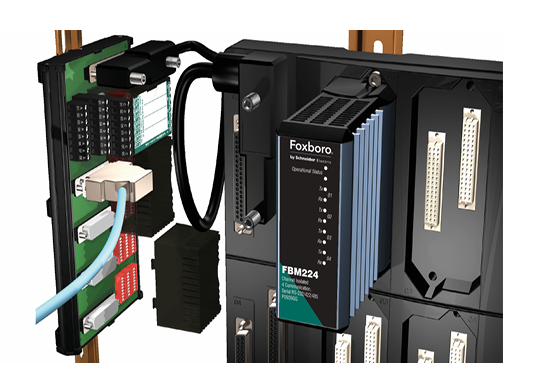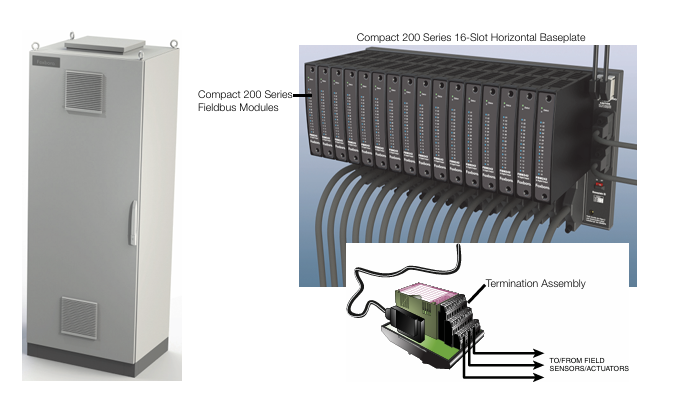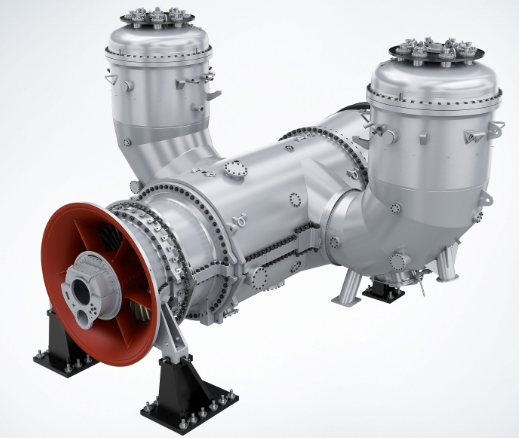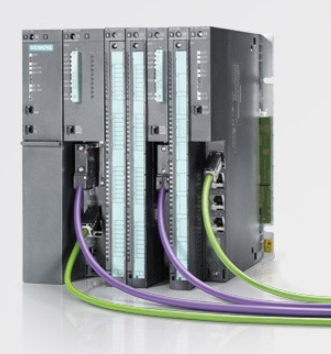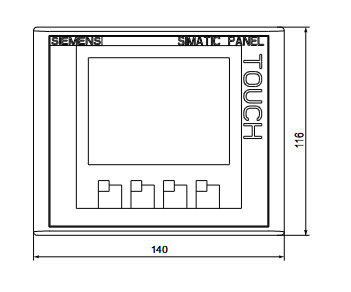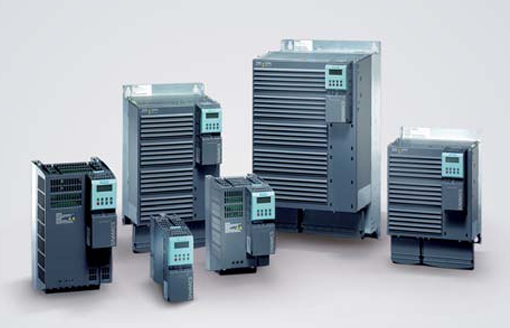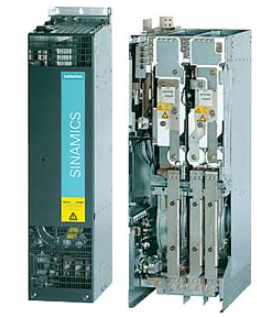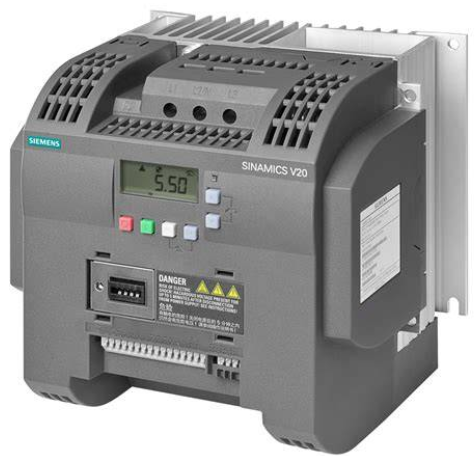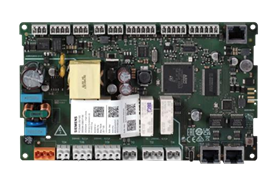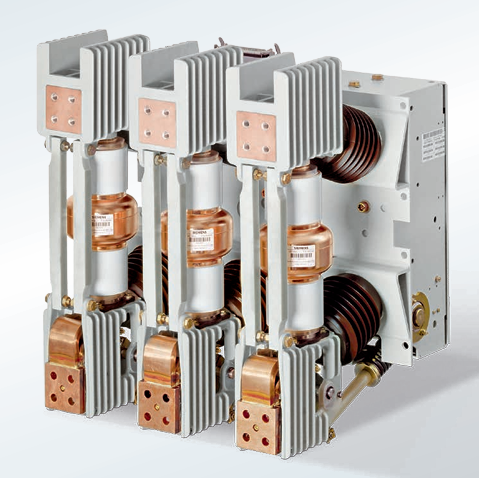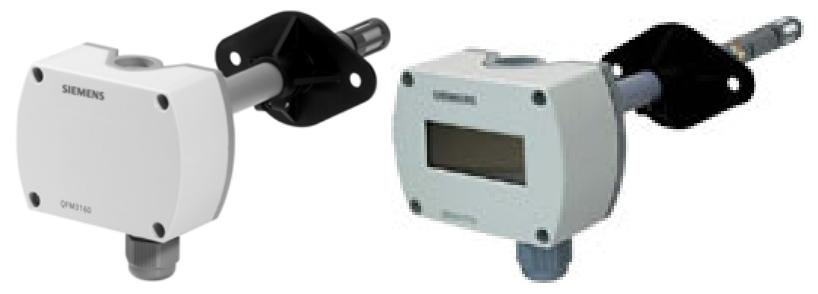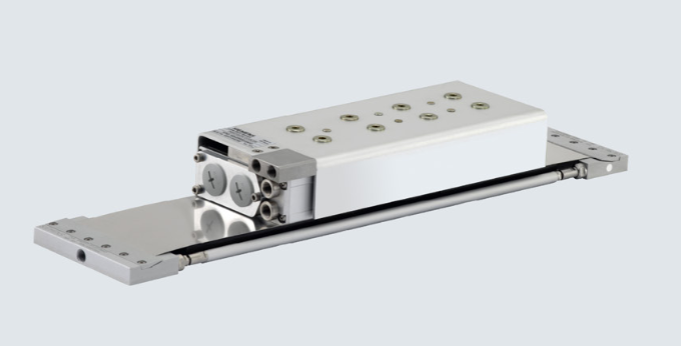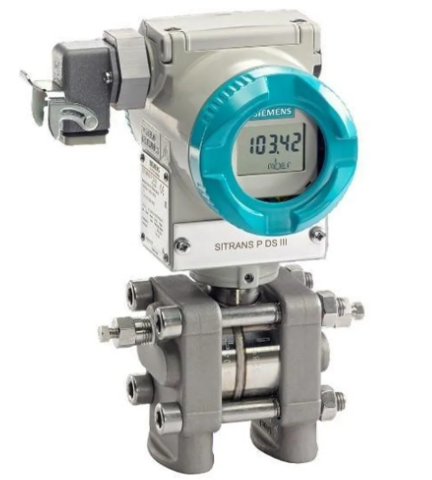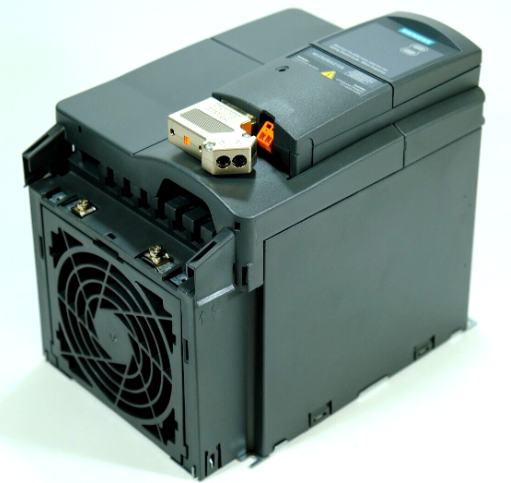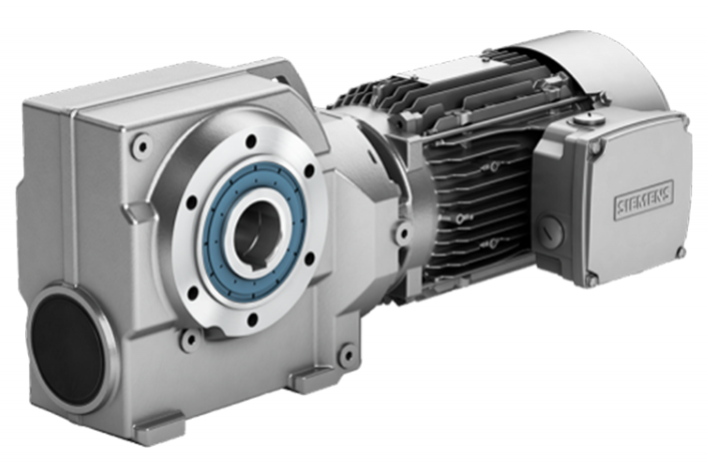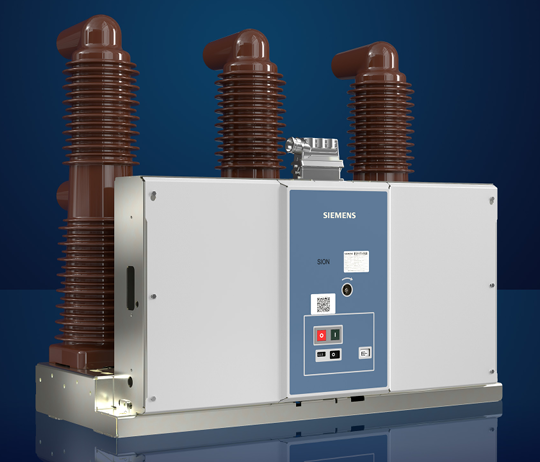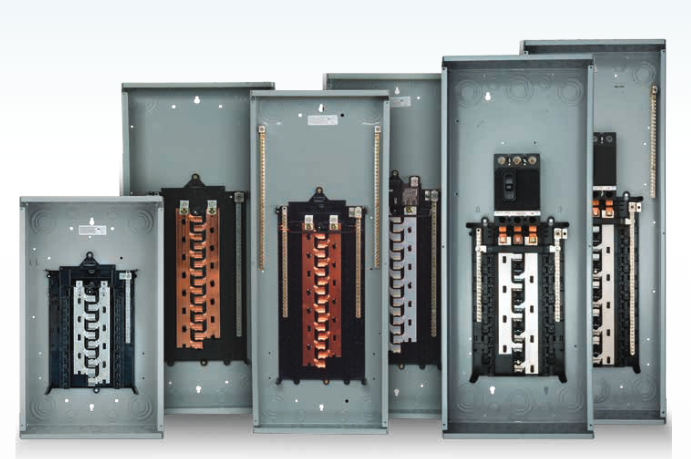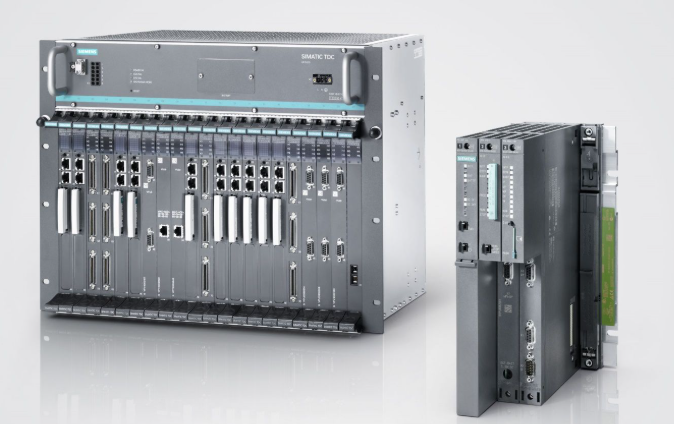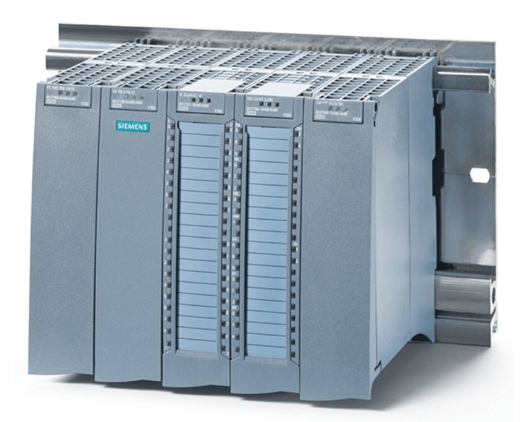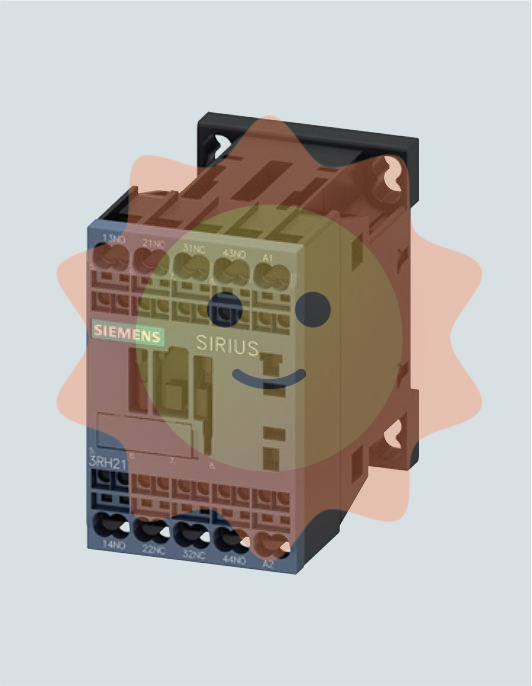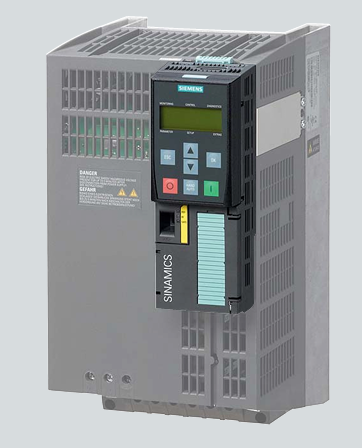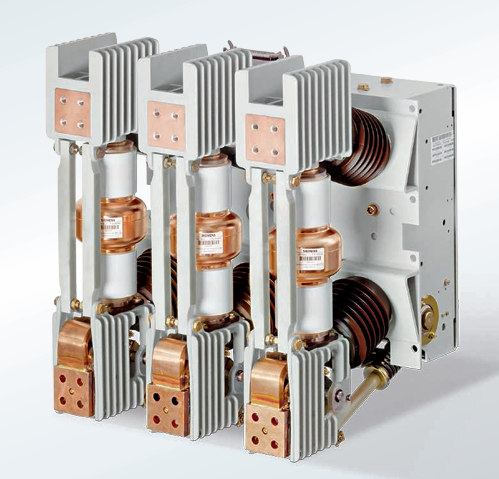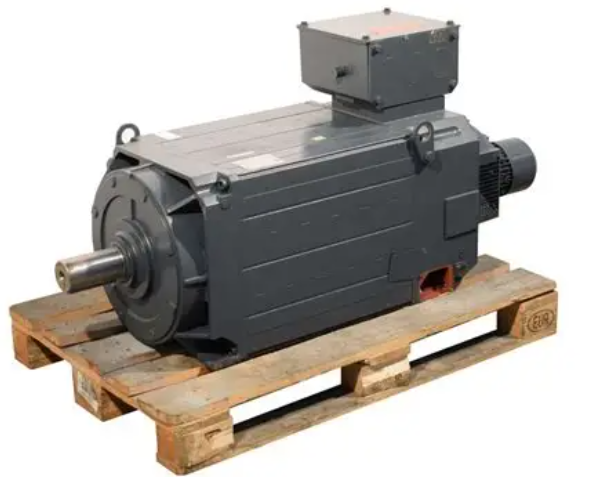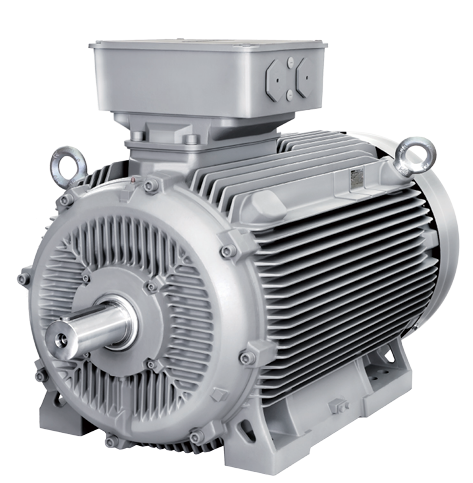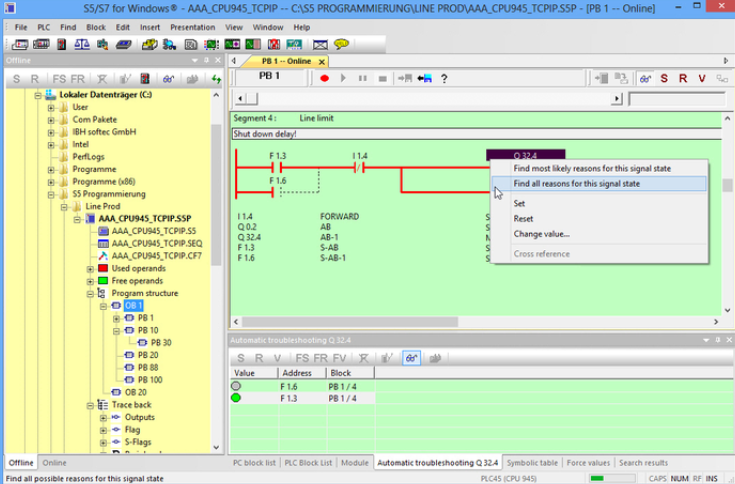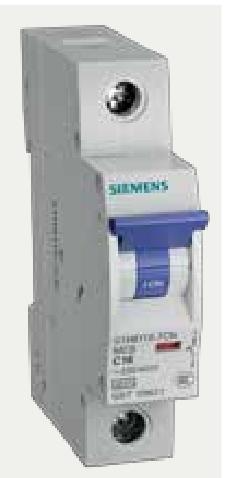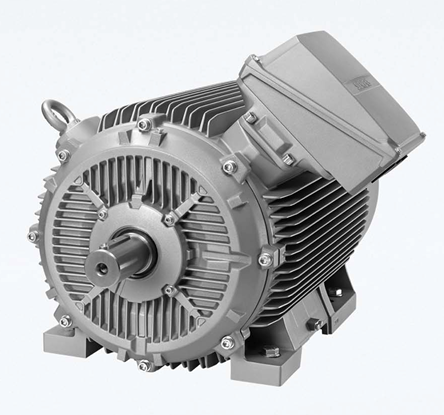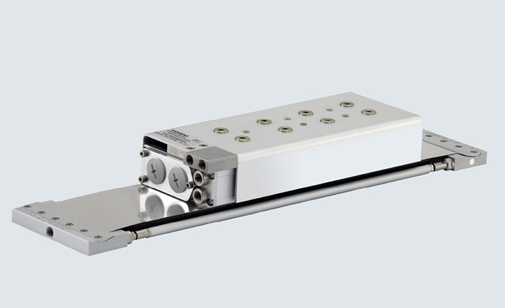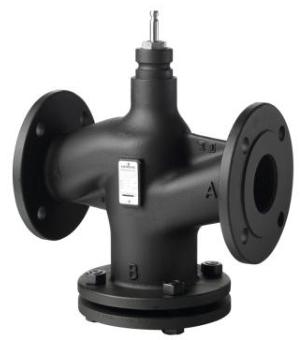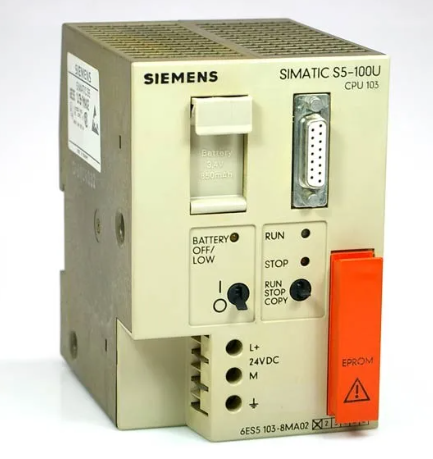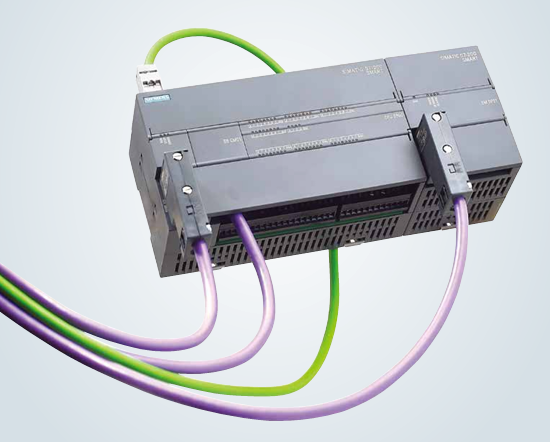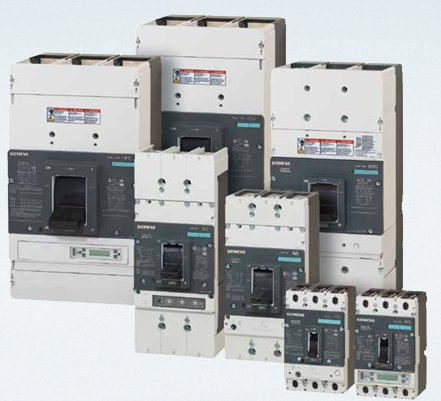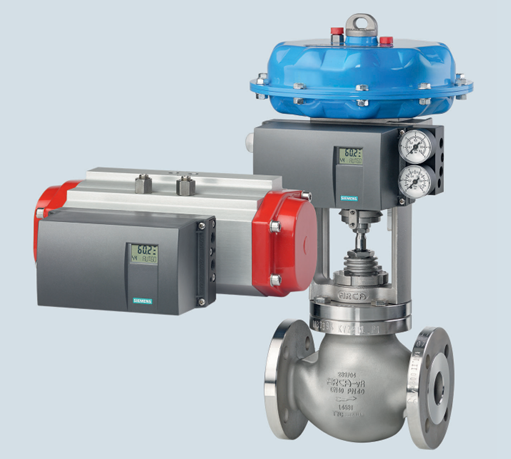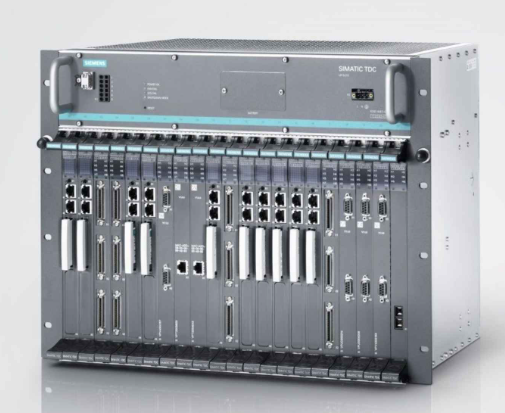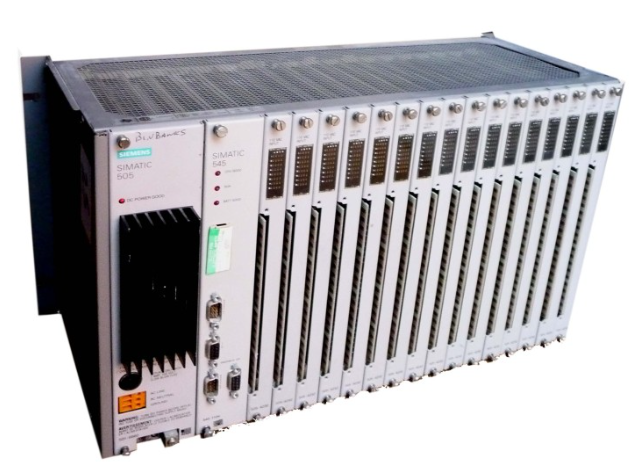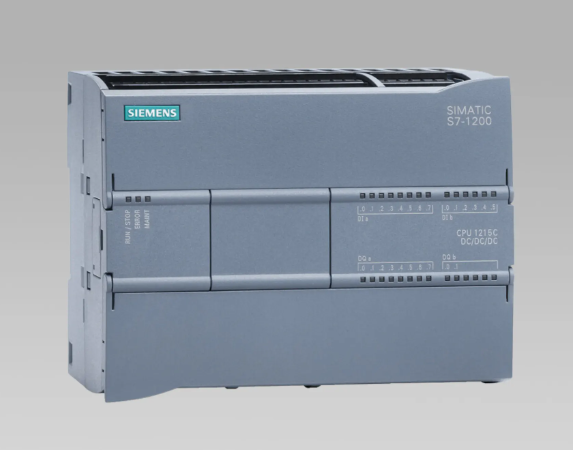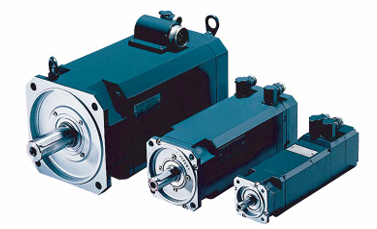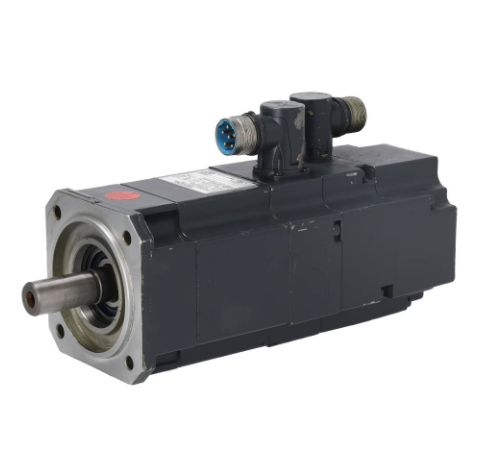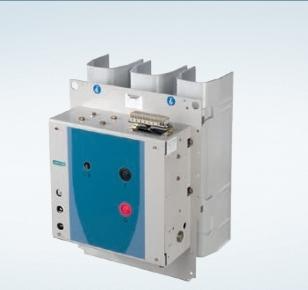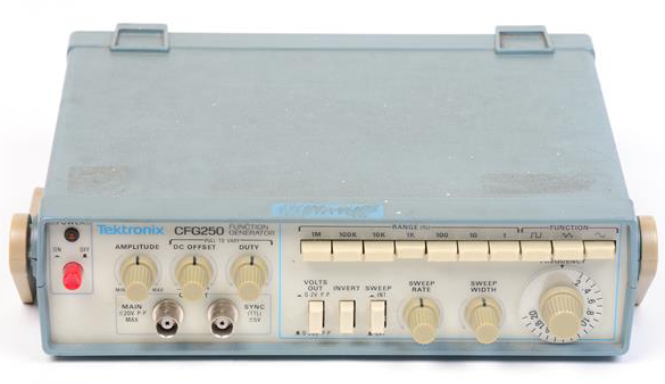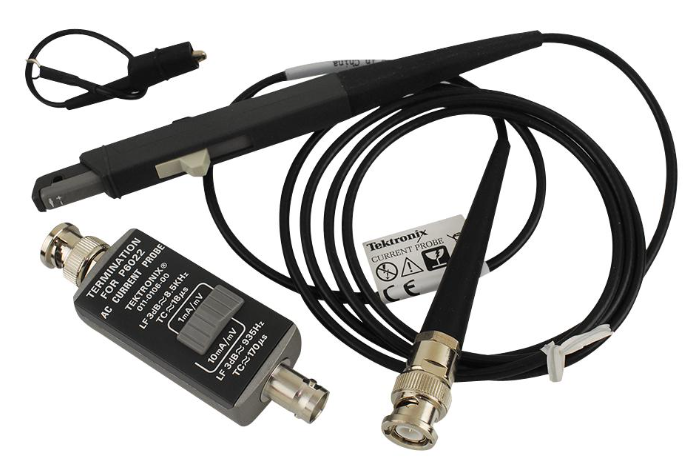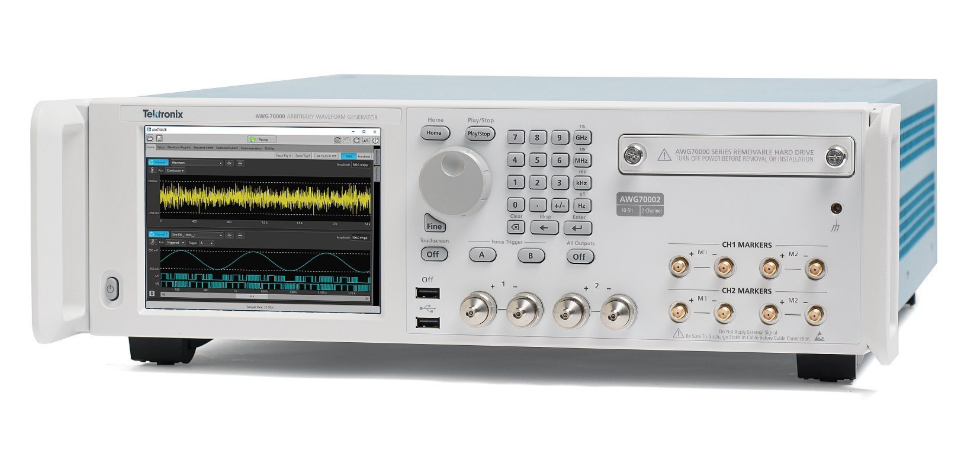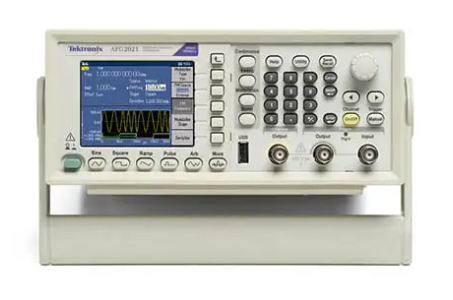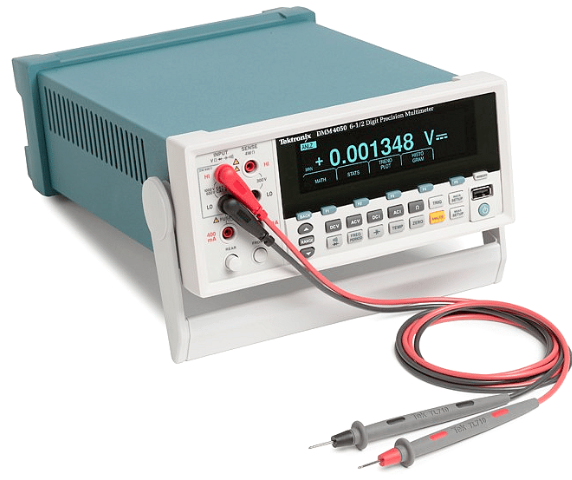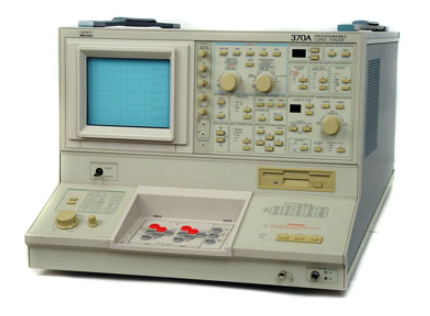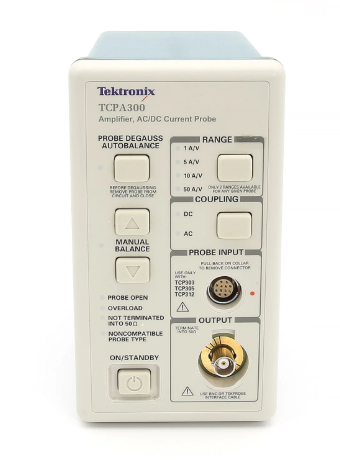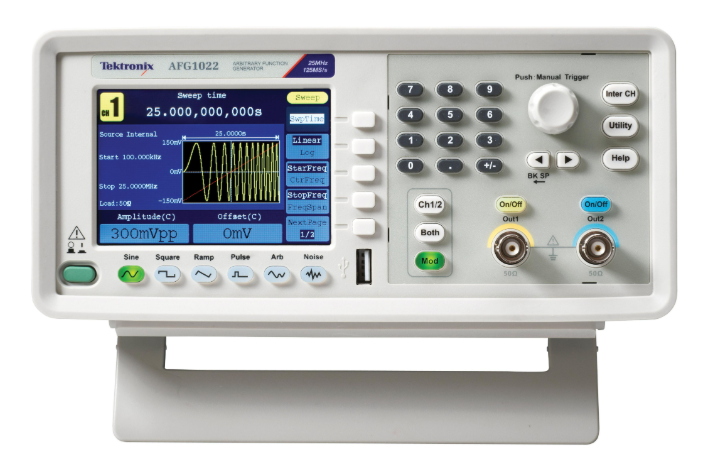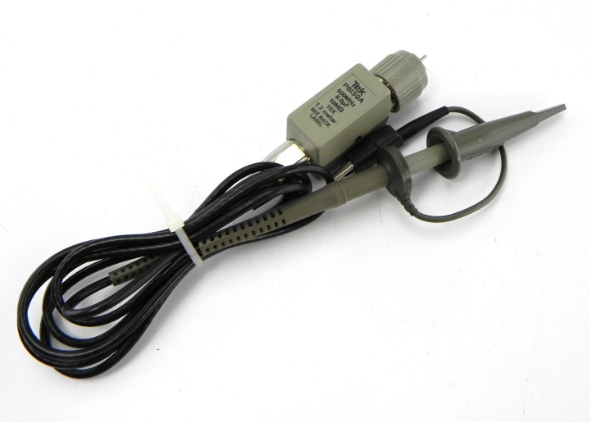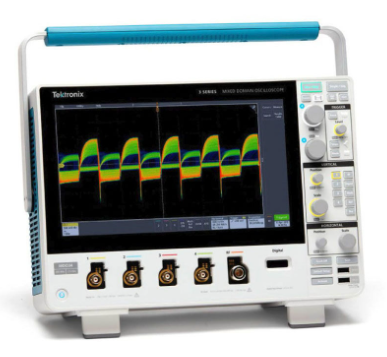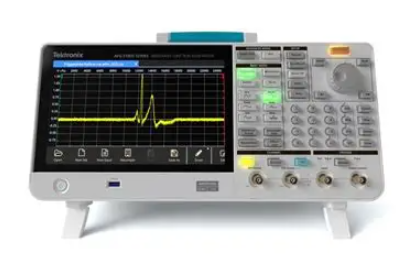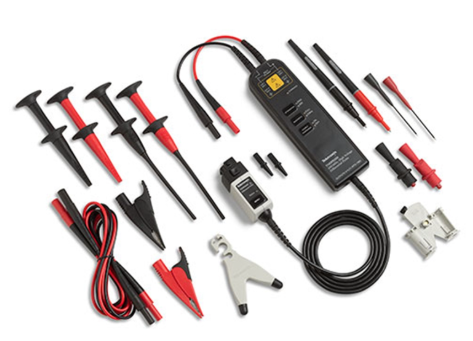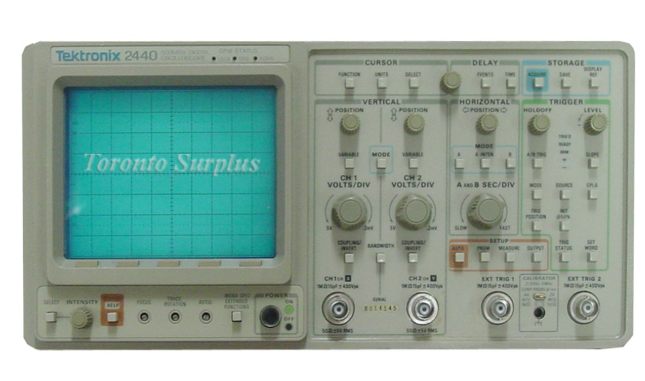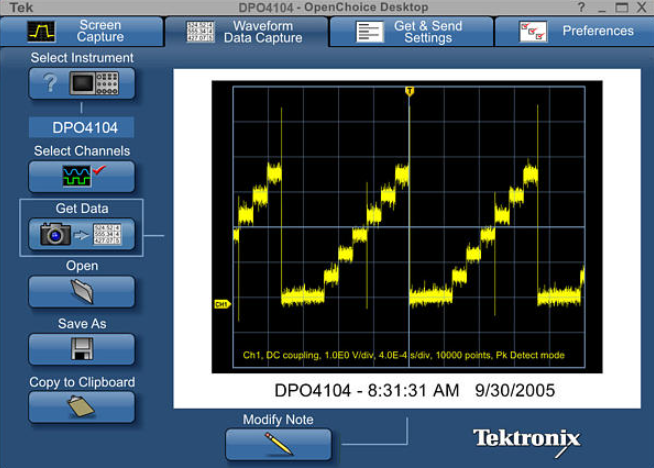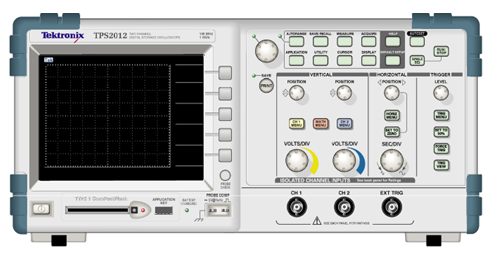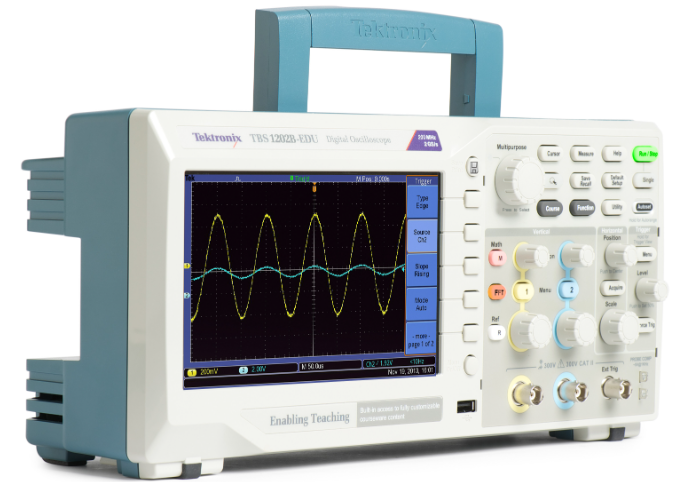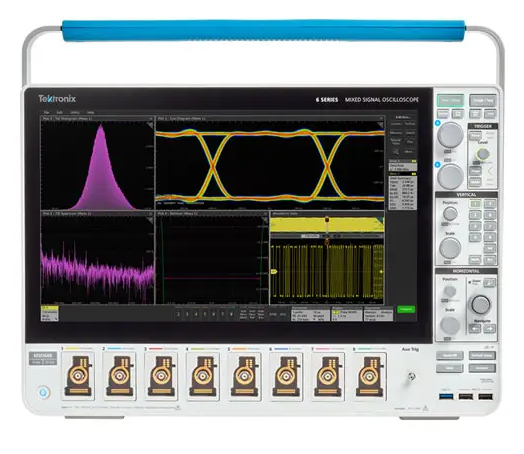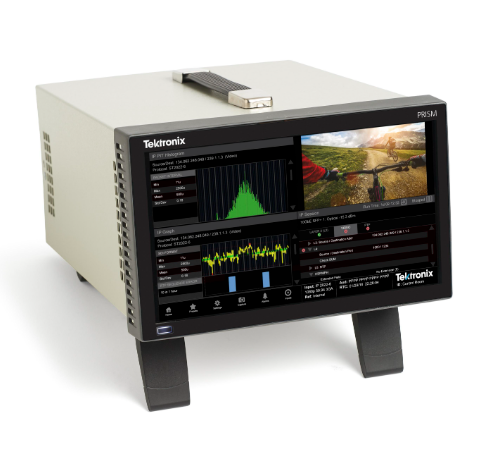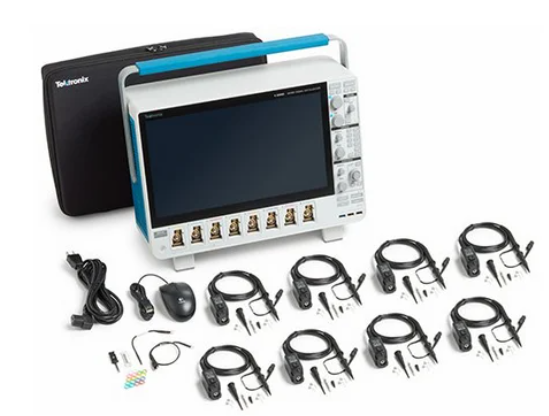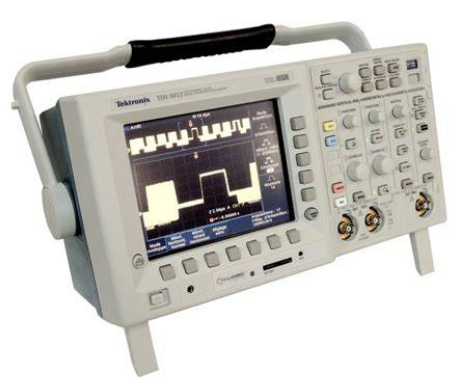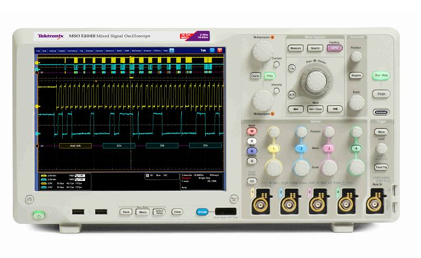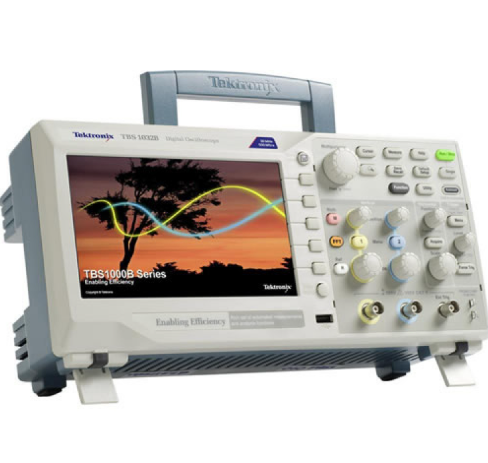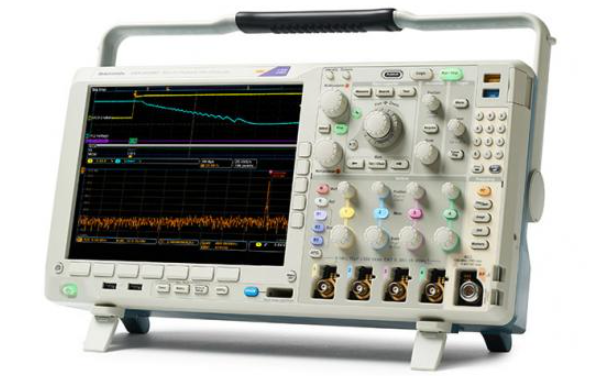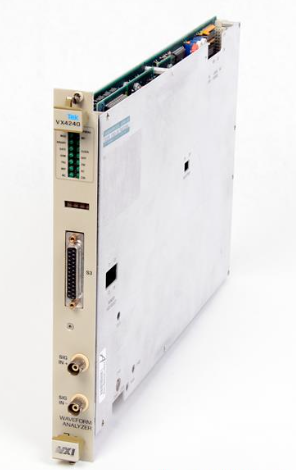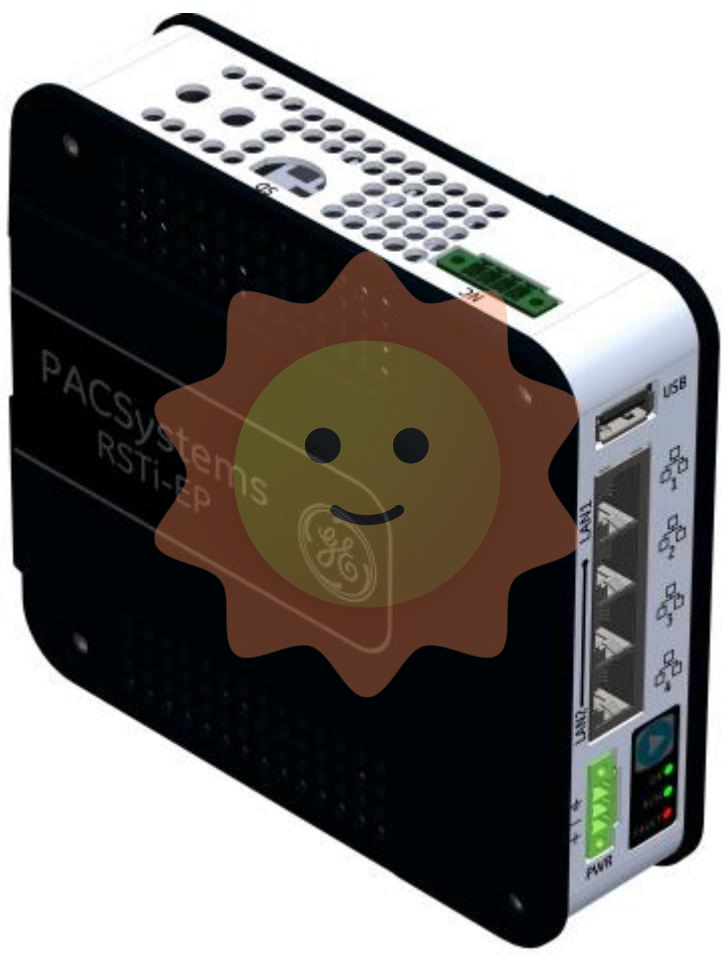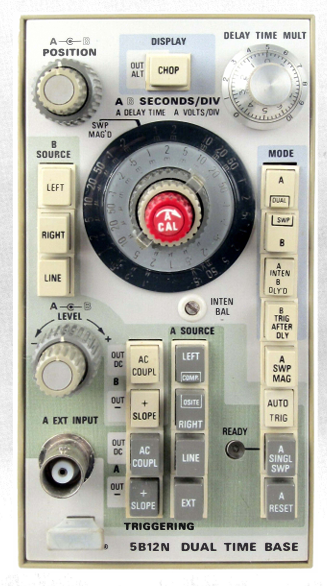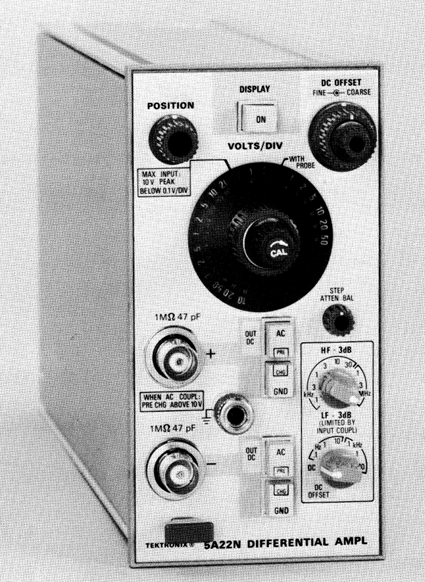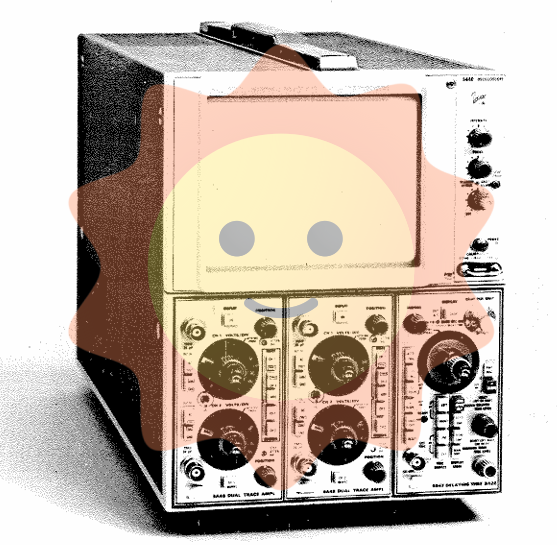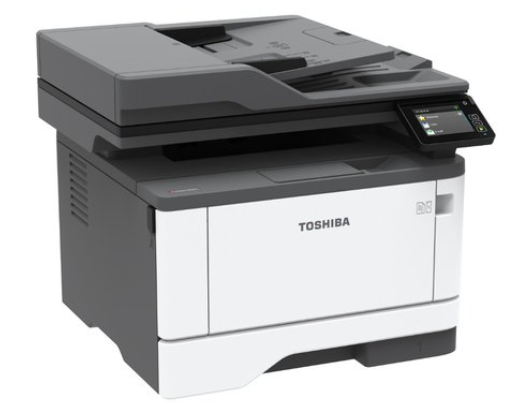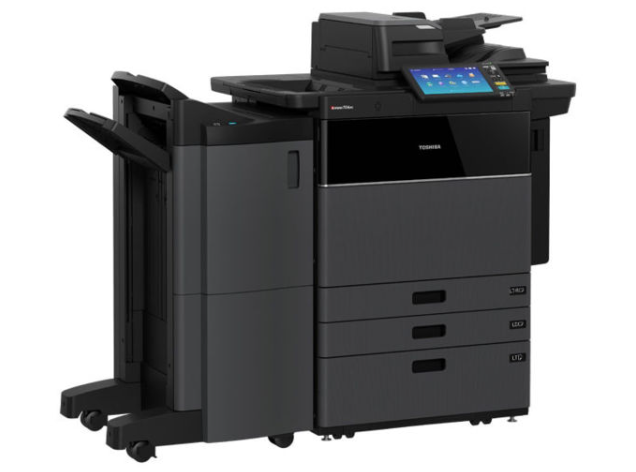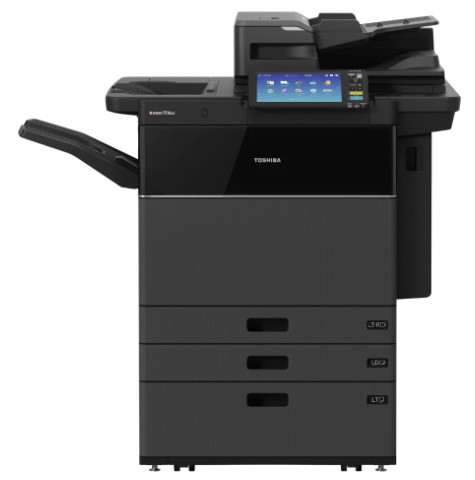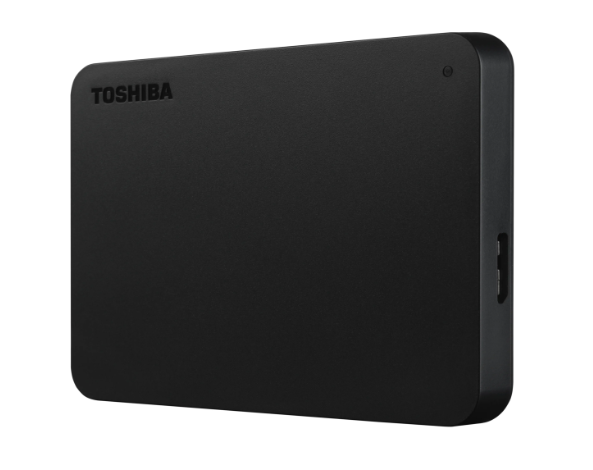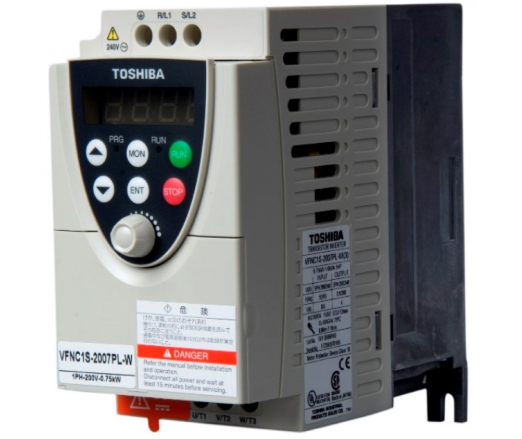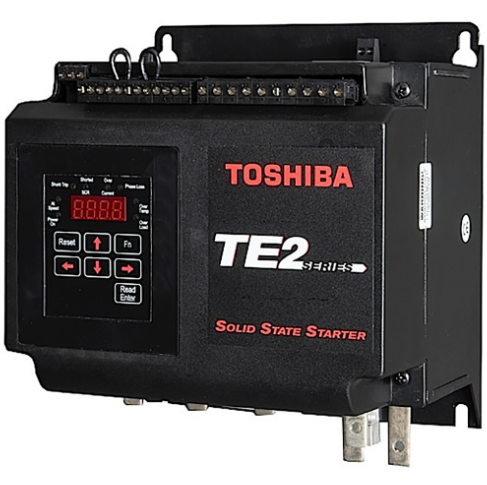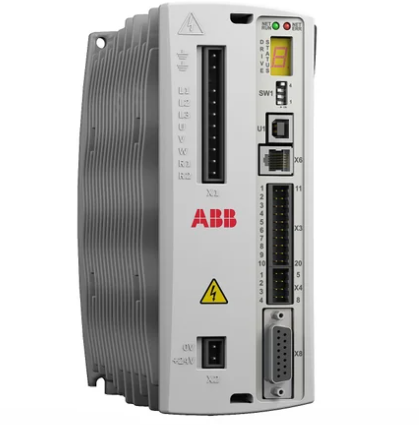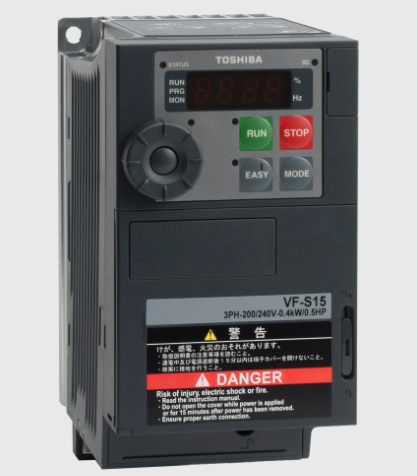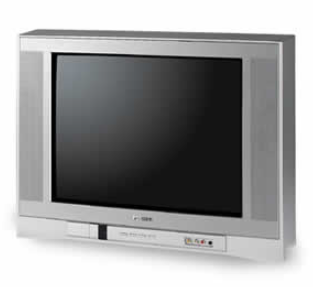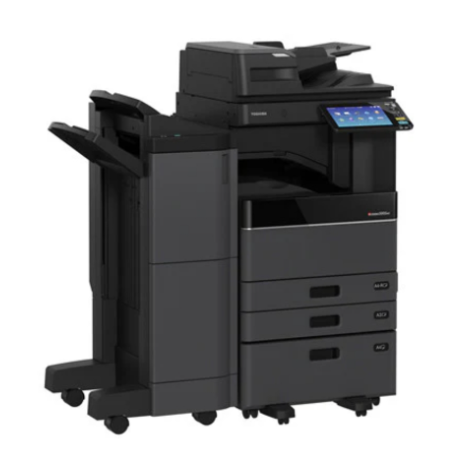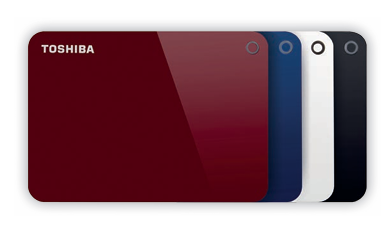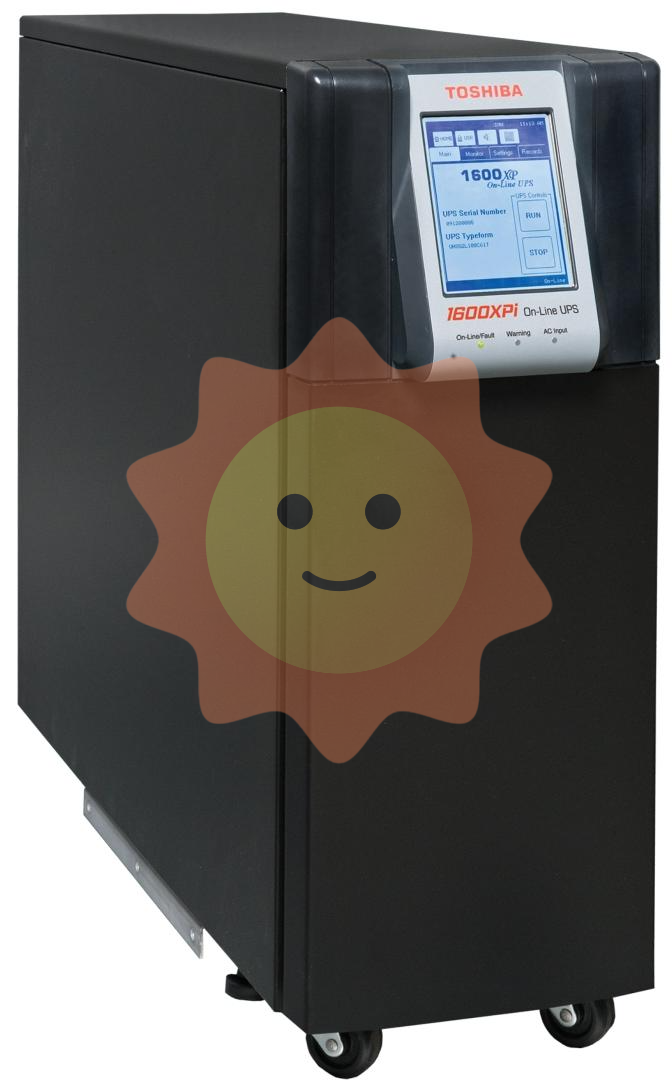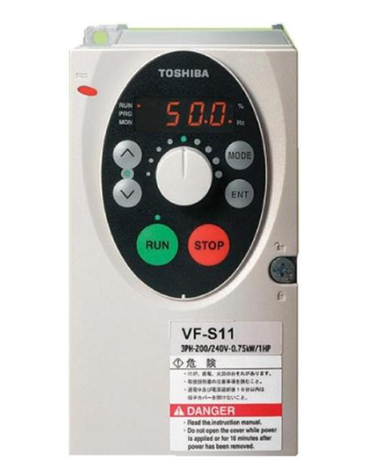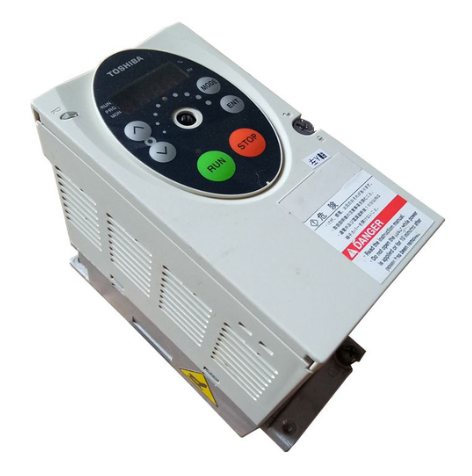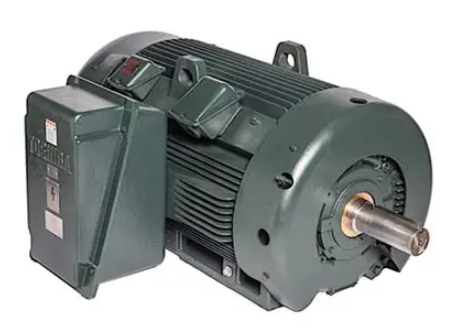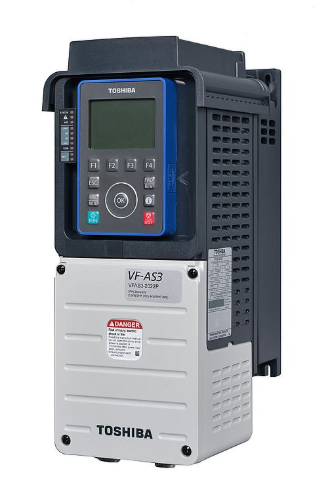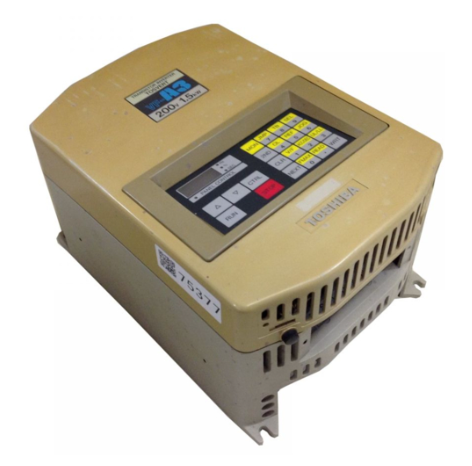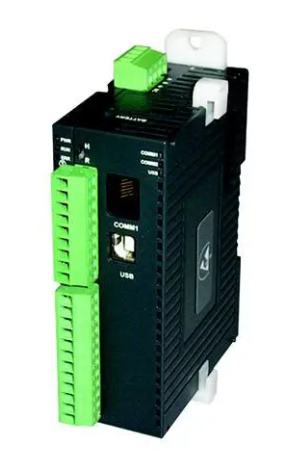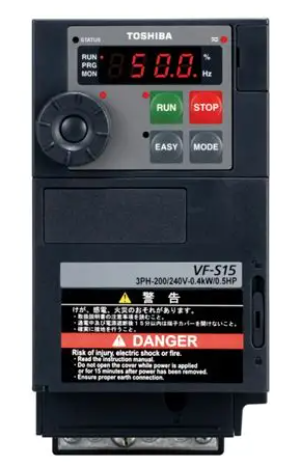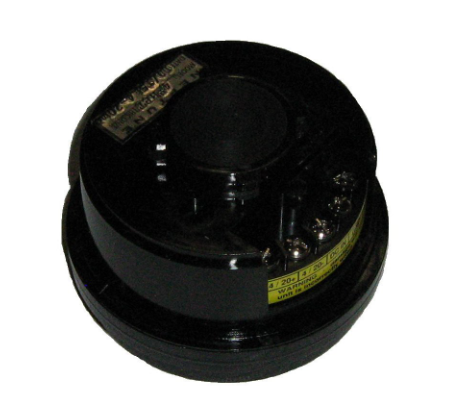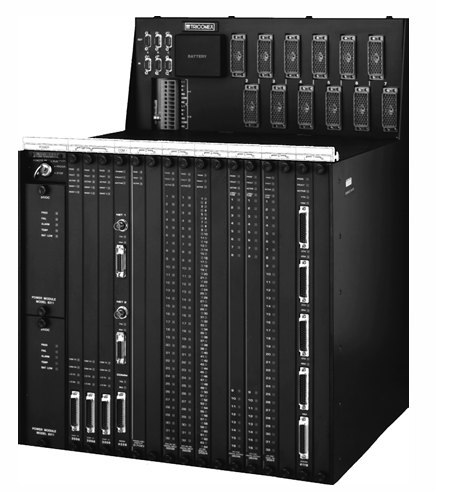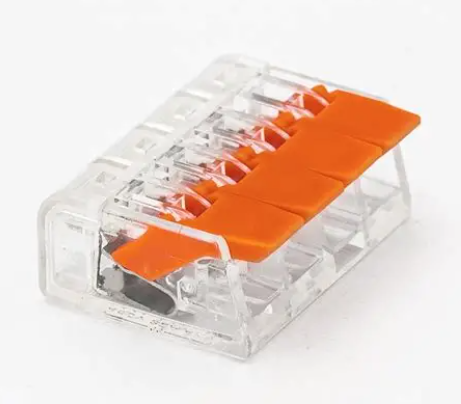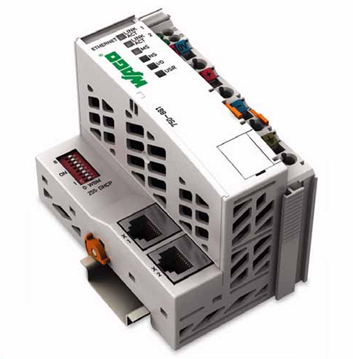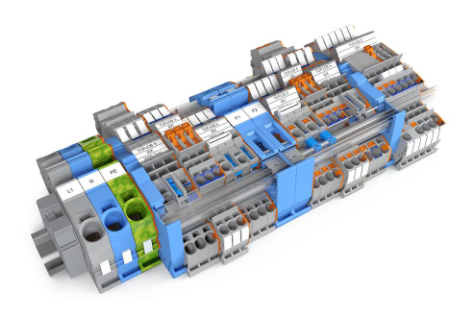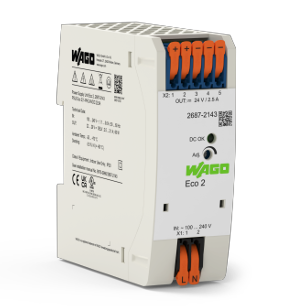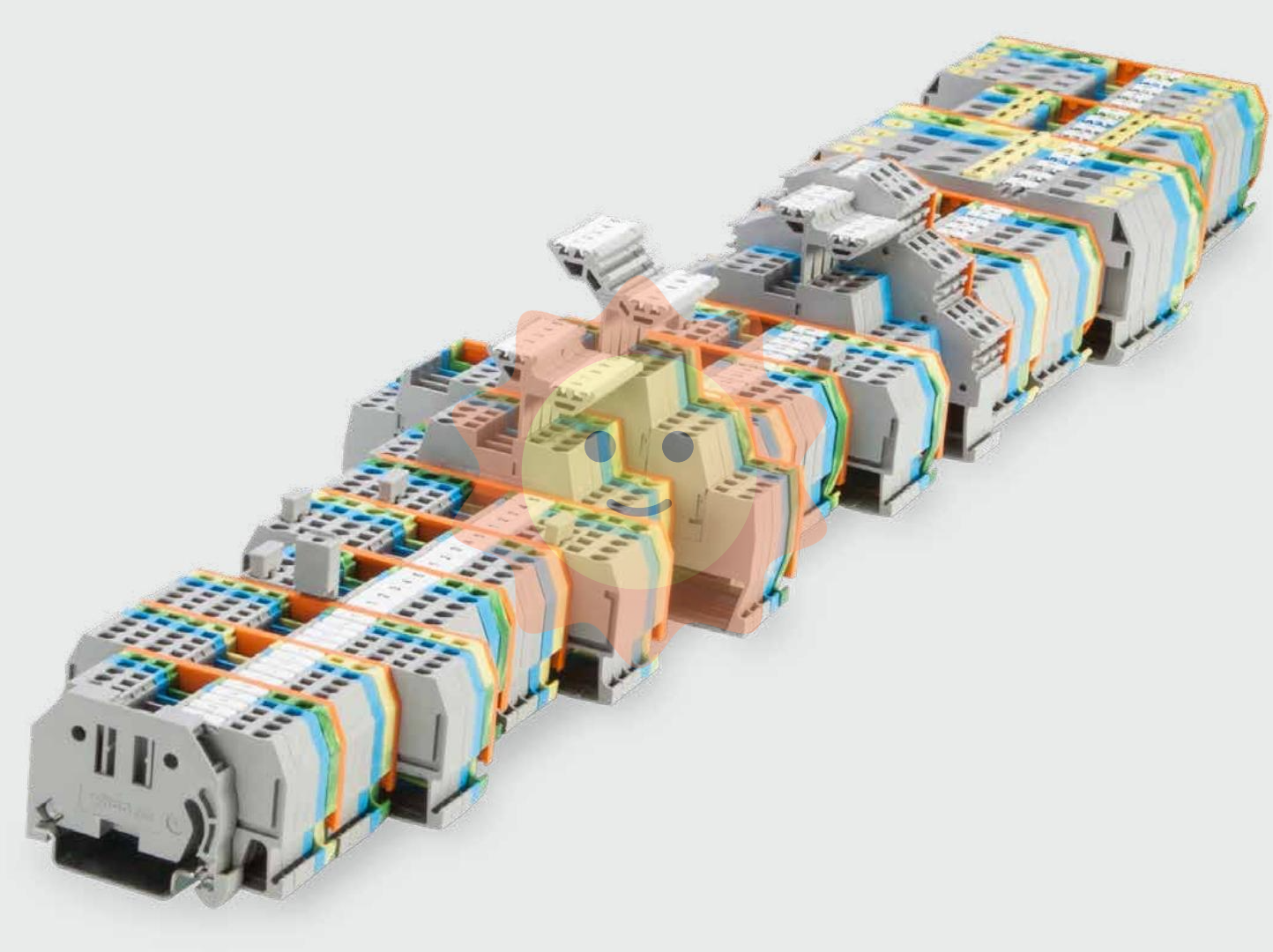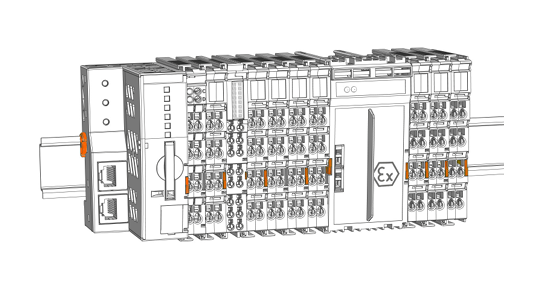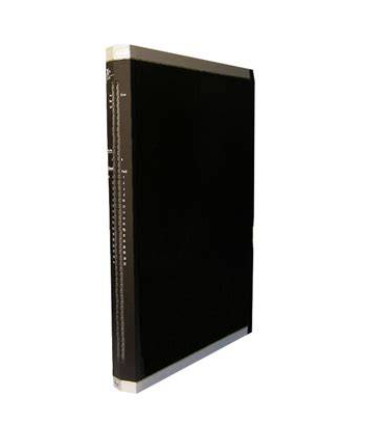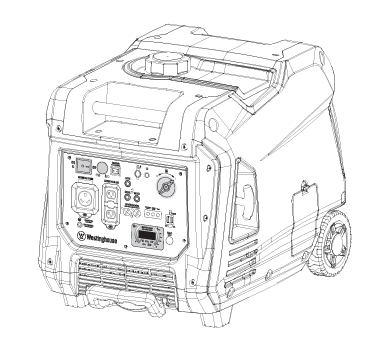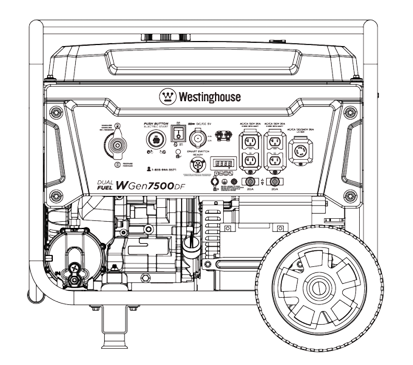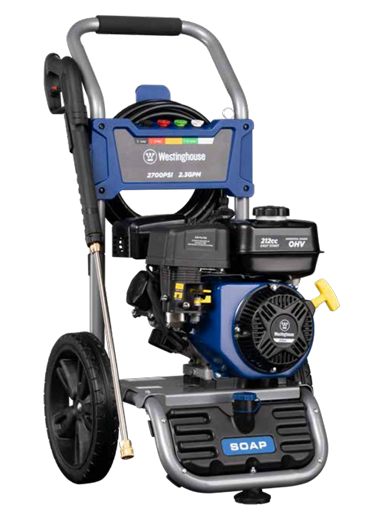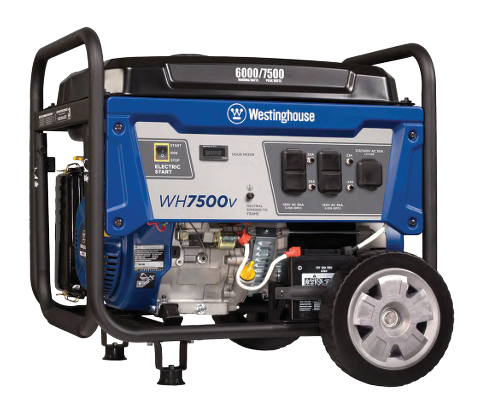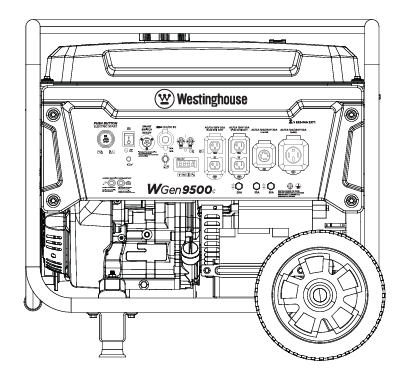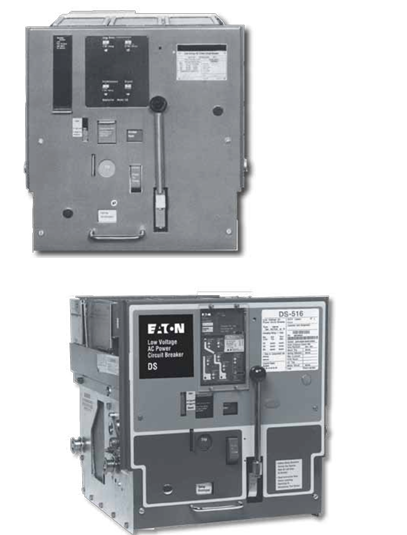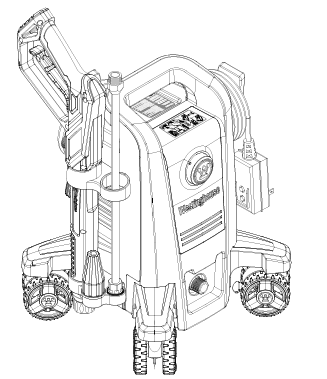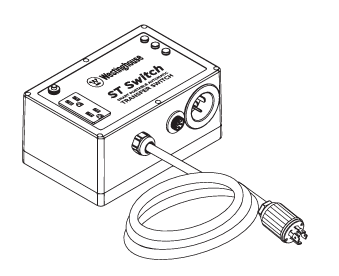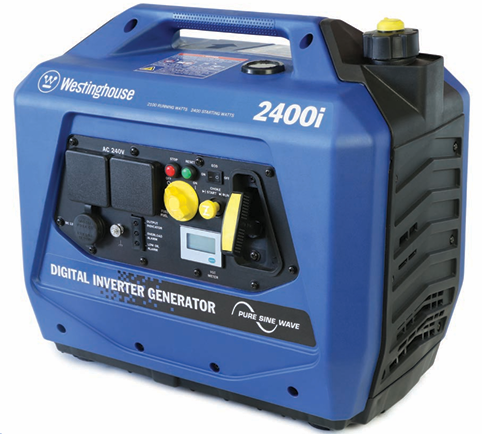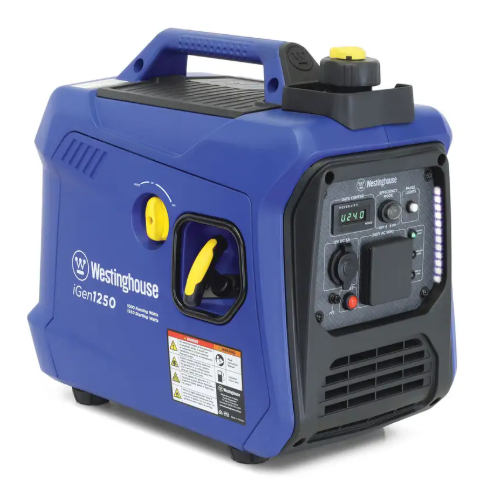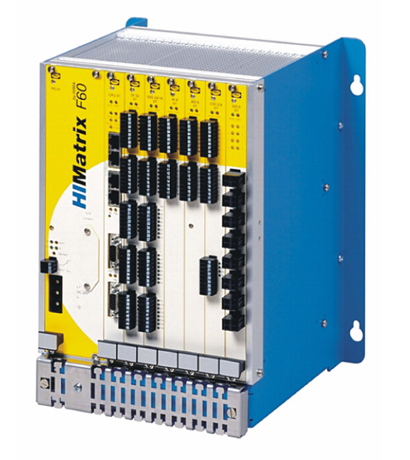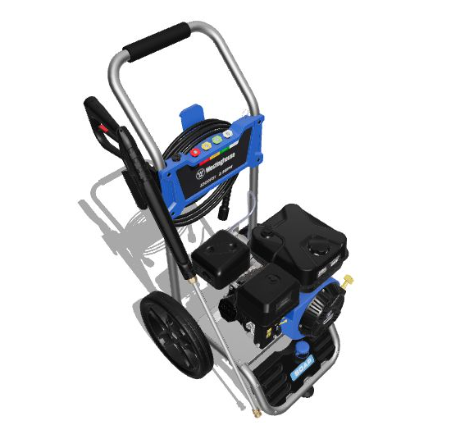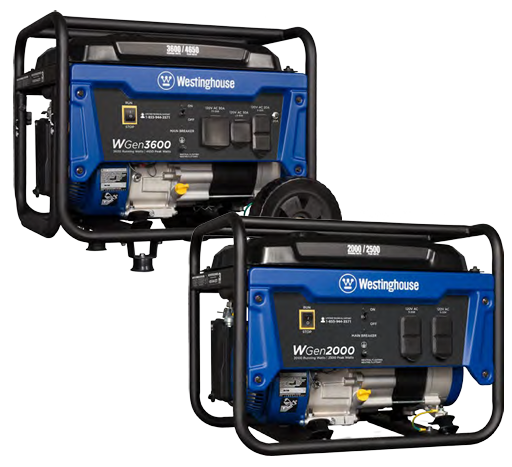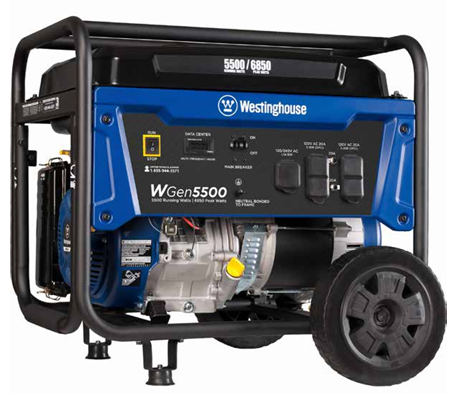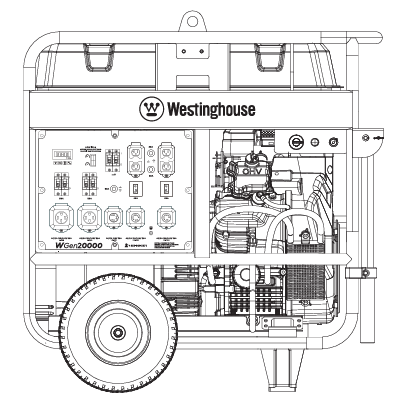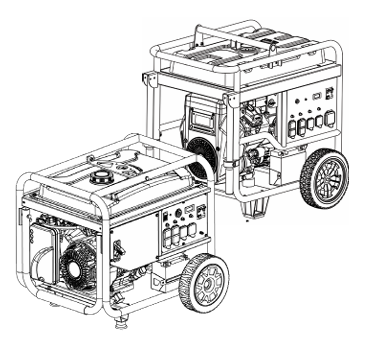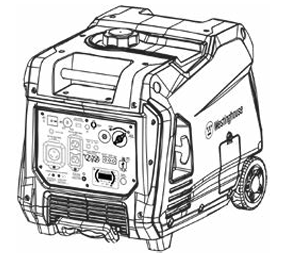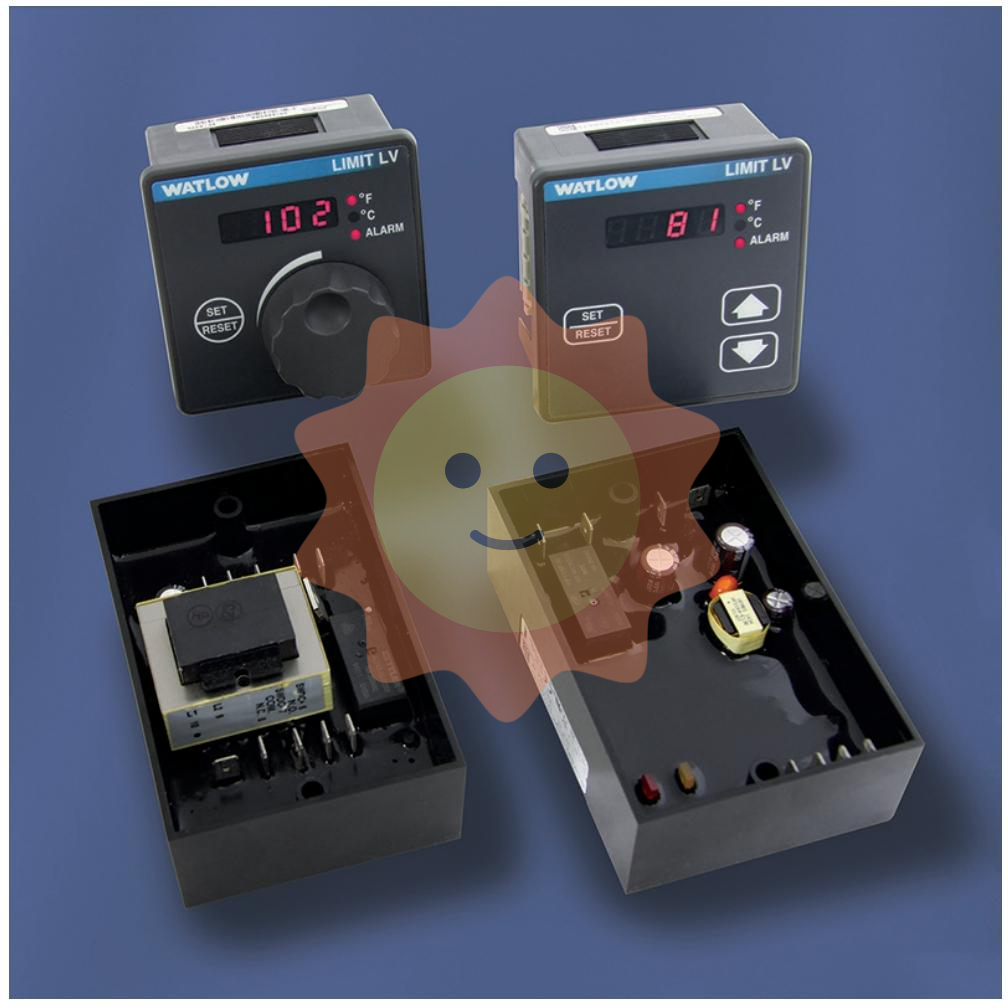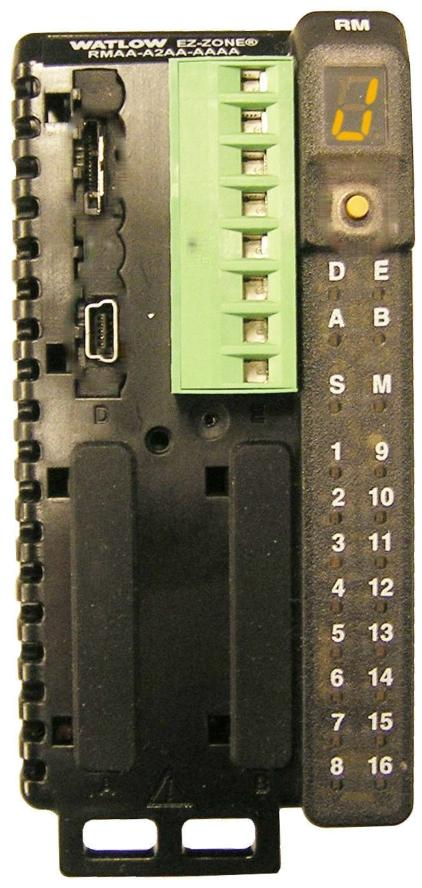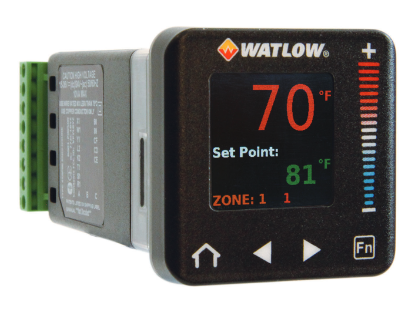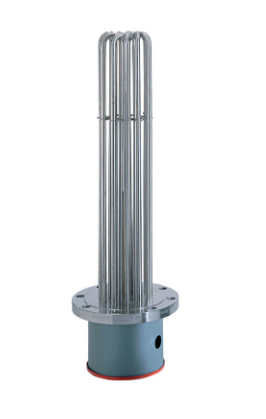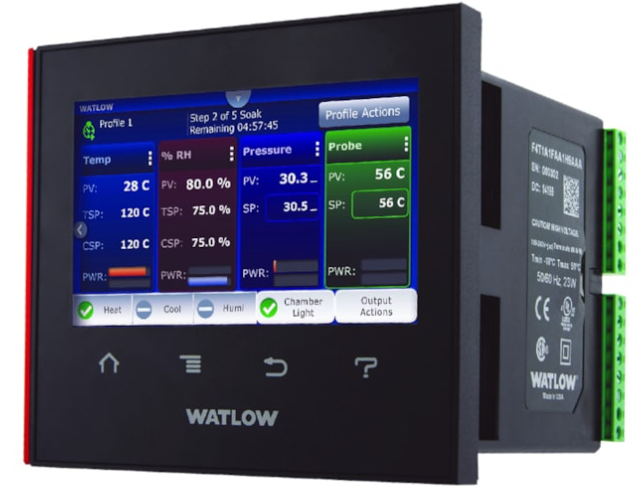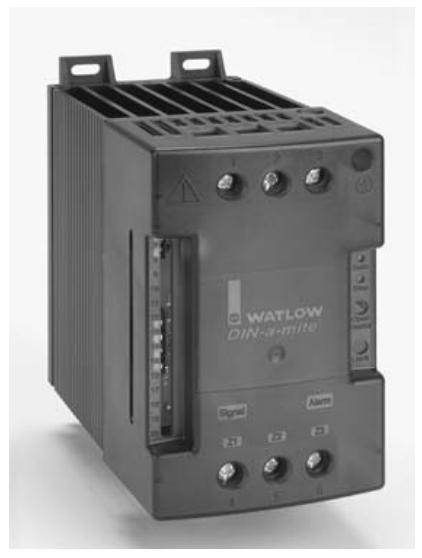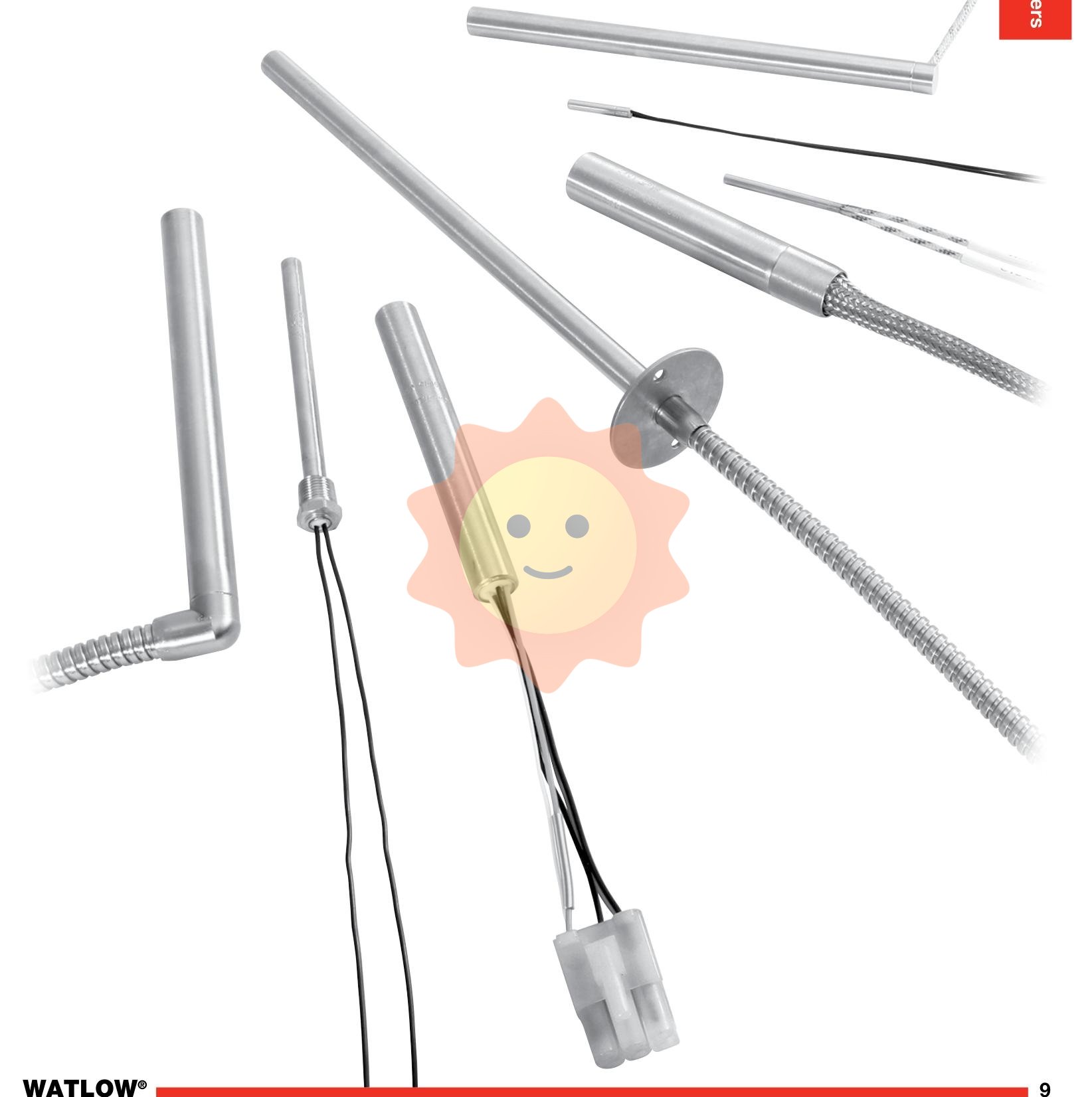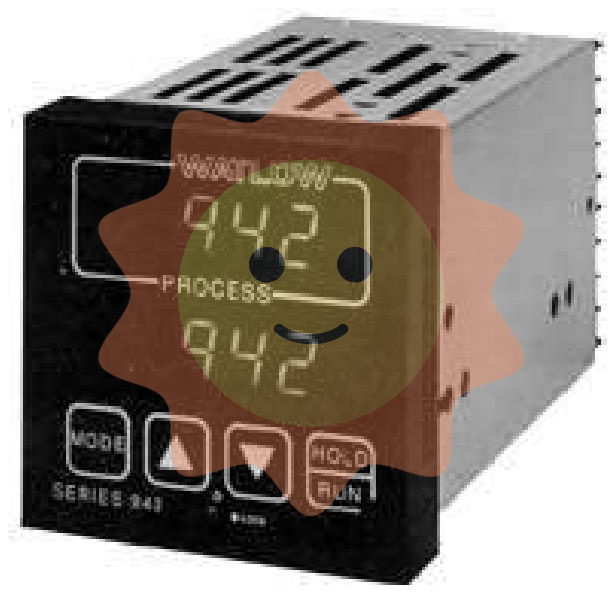GE DS3800XCIB Back Plane Card
GE DS3800XCIB Back Plane Card
Part Number DS3800XCIB Manufacturer General Electric Country of Manufacture As Per GE Manufacturing Policy Series Mark VI/VIe Function Module Availability In StockDS3800XCIB is a Back Plane Card manufactured and designed by General Electric as part of the Mark IV Series used in GE Speedtronic Gas Turbine Control Systems. A backplane card, also known as a backplane or a backplane system, is a printed circuit board (PCB) that serves as a backbone or a central hub for connecting other PCBs or electronic devices in a computer or other electronic system.
A backplane card typically contains multiple connectors, slots, and ports that enable various electronic components, such as processors, memory modules, input/output (I/O) devices, and storage devices, to be interconnected and communicate with each other. The backplane also provides power and data pathways between the components, allowing them to exchange information and work together as a unified system. Backplane cards are commonly used in servers, telecommunications equipment, and industrial control systems, where they provide a scalable and modular architecture that can be easily expanded or reconfigured as the system's requirements change. By using a backplane, system designers can simplify the wiring and reduce the complexity of the interconnects, which can improve reliability, reduce costs, and facilitate maintenance and upgrades.
FEATURES: The features of a backplane card can vary depending on the specific system and application it is designed for, but some common features include: Connector Types: Backplane cards typically include a variety of connector types, such as edge connectors, pin headers, or board-to-board connectors, that allow other PCBs or electronic components to be plugged in or mounted. Bus Architecture: The backplane card defines the bus architecture of the system, which specifies the protocols and standards used for communication between the various components.
Common bus architectures include PCI, PCIe, VME, and CompactPCI. Power Distribution: The backplane card provides power distribution and management for the system, ensuring that each component receives the appropriate voltage and current. Cooling and Ventilation: Some backplane cards may include features to facilitate cooling and ventilation, such as airflow channels or heat sinks, to prevent overheating and ensure reliable operation. Diagnostic and Monitoring Capabilities: Backplane cards may also include diagnostic and monitoring capabilities, such as LED indicators, voltage sensors, or temperature sensors, to help identify and troubleshoot problems in the system.
Technical specifications and performance
Voltage & Current: Specific voltage and current specifications may vary depending on application scenarios and customised requirements, but usually have multiple voltage and frequency adaptations to suit the power standards of different regions.
Durability and Safety: High-quality power interface boards are usually made of durable materials and equipped with safety devices such as fuses and circuit breakers to ensure long term reliability and stability while protecting the equipment and users.
Communication features: Some power interface boards may have communication interfaces that allow the device to communicate with a computer or other control system for remote monitoring and control.
Indicator Lights and Displays: Some power interface boards may be equipped with indicator lights for displaying information such as power status, connection status, etc., to facilitate troubleshooting and status monitoring by users.
Instructions and warnings related to the operation of the product:
The following specifications must be strictly observed:
The technical specifications and typical applications of the product system must be strictly observed.
PERSONNEL TRAINING: Only trained personnel may install, operate, maintain or repair the product system. These personnel must be instructed on the
These personnel must be instructed and briefed on the conditions in the hazardous area.
Unauthorised modifications: No modifications or structural changes may be made to the product system.
Maintenance Responsibility: It must be ensured that the product system is used only under appropriate conditions and in a condition fully suitable for use.
Working environment: The user must fulfil the specified environmental conditions:
Safety regulations
The following safety regulations must be fully observed when (maintenance) work is carried out on the product system:
1 Disconnect completely.
2 Secure to prevent reconnection.
3 Confirm that the installation has been completed.
4 Perform grounding and short-circuiting.

- User name Member Level Quantity Specification Purchase Date
- Satisfaction :
-









Email:wang@kongjiangauto.com

